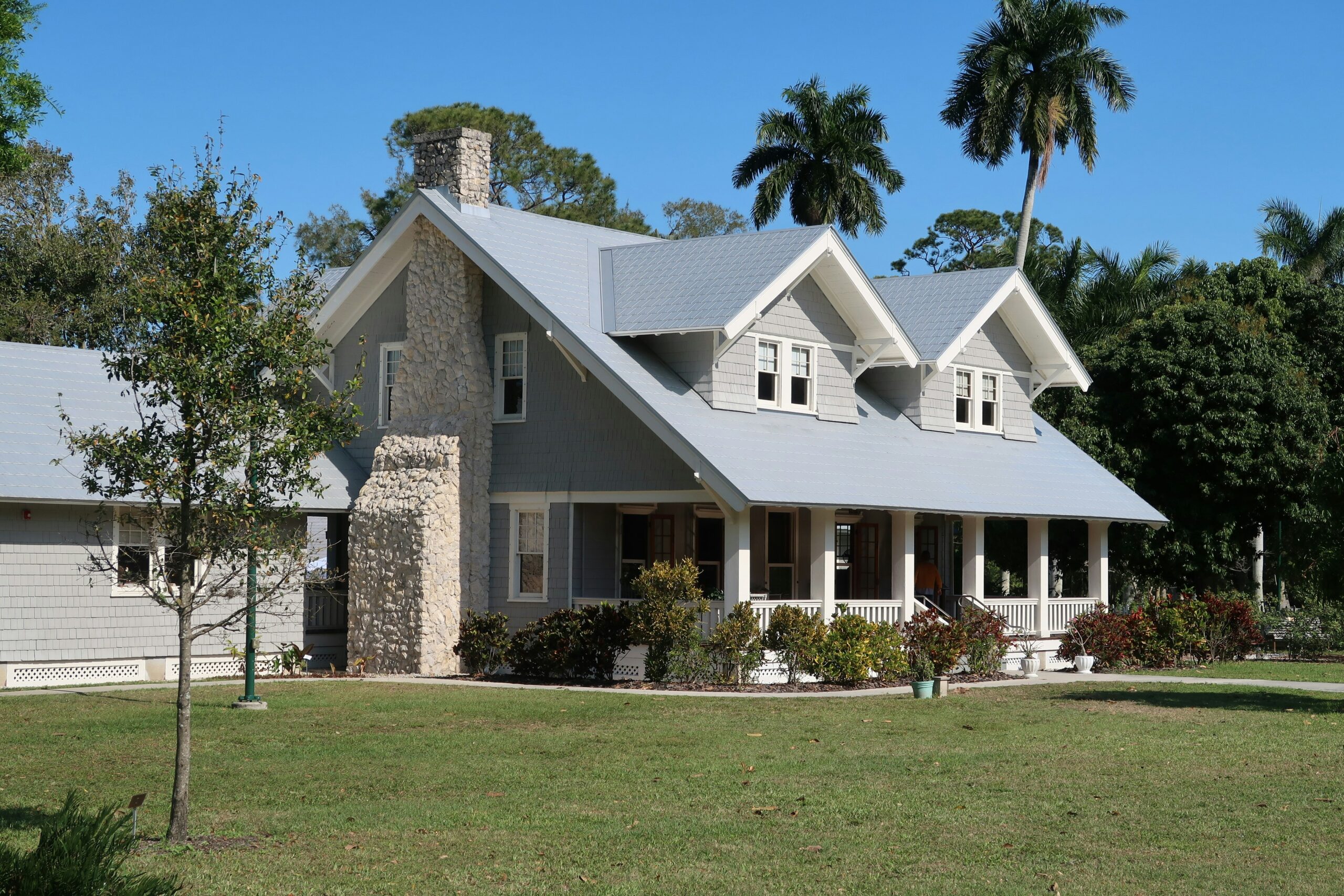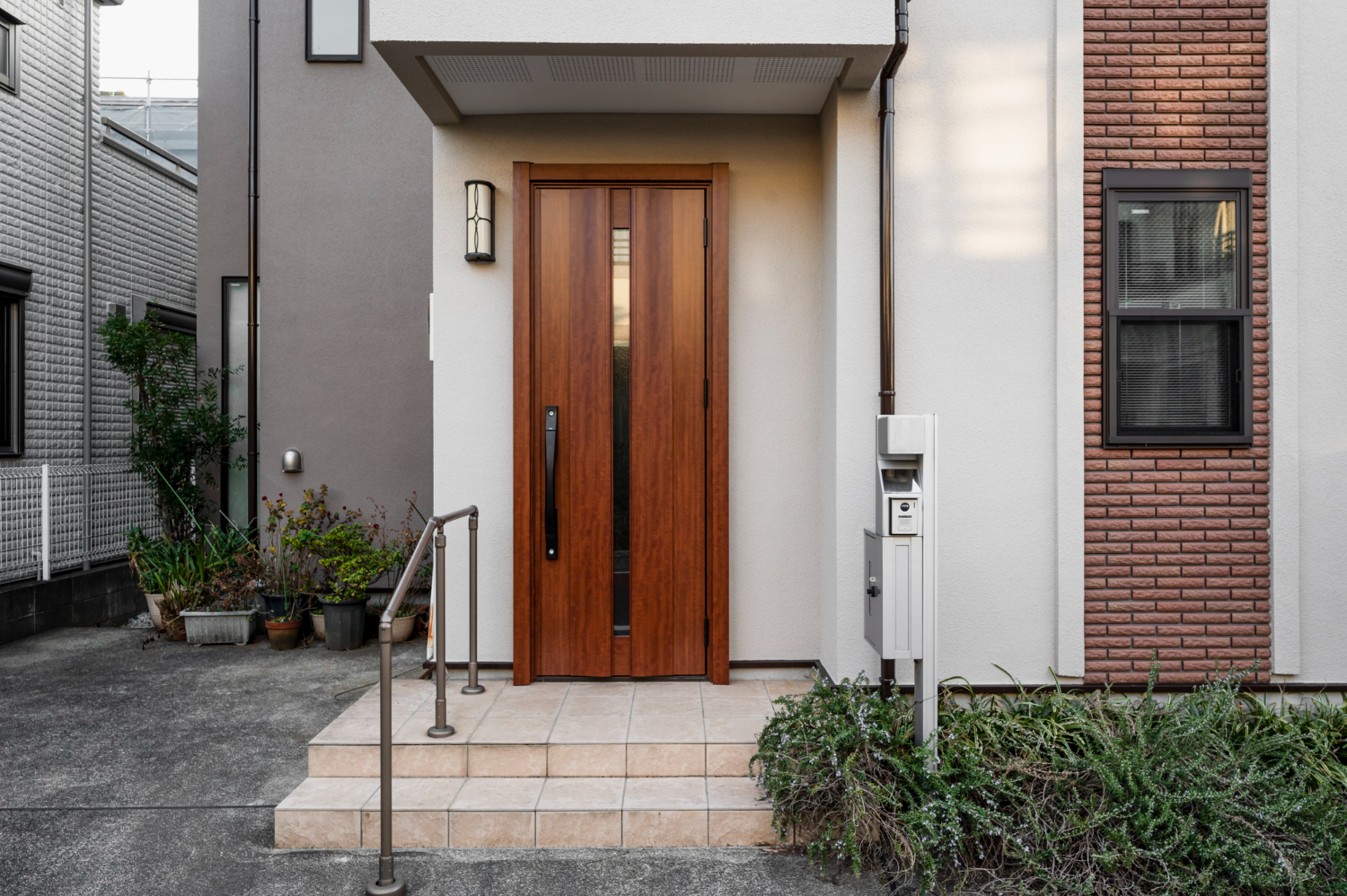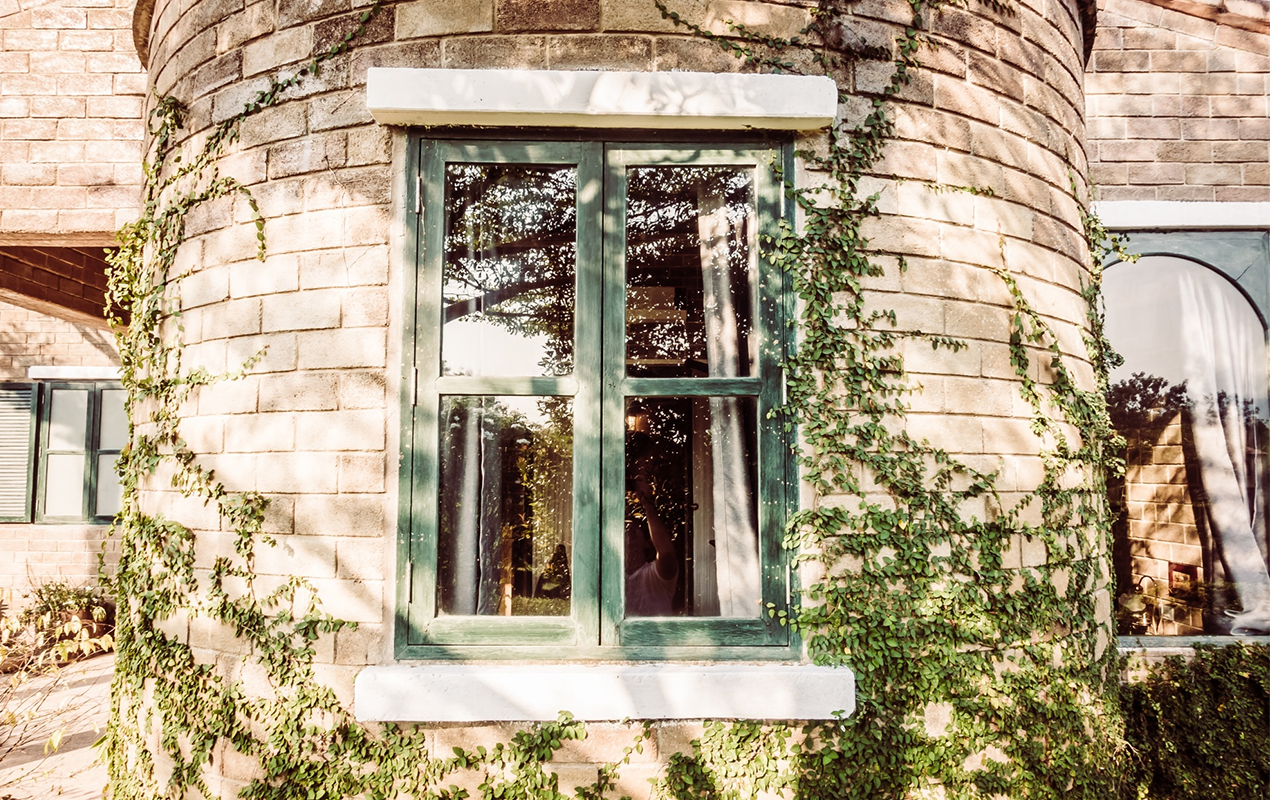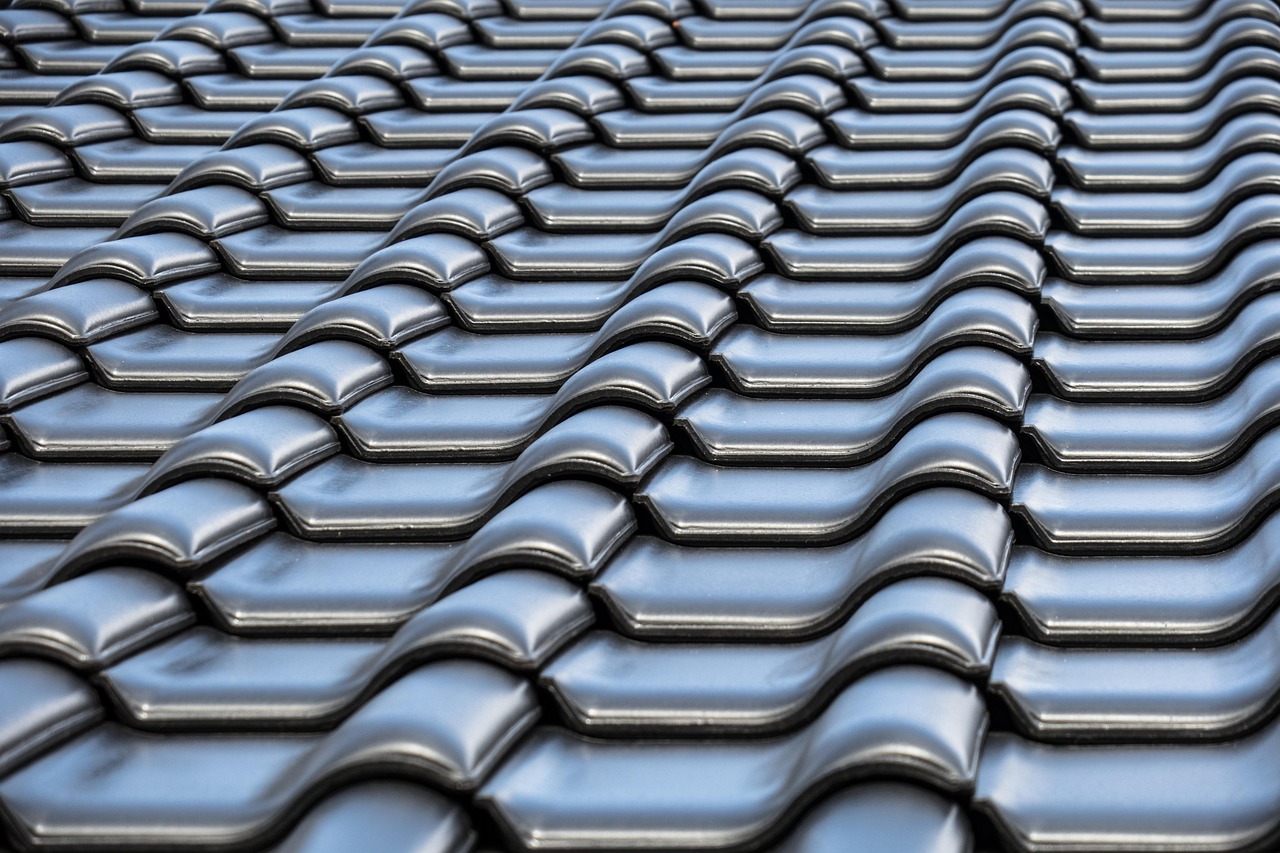Blog
Why Ignoring Minor Roof Issues Can Lead to Costlier Repairs and Interior Damage

Your roof serves as the primary defense against weather, moisture, and external debris. Understanding the different types of roofs and how to choose the right one can help you make informed decisions about maintenance, repairs, and long-term protection. While it’s built to last, no roofing system is immune to wear and tear. Small leaks, cracked shingles, or damaged flashing may seem like cosmetic concerns at first, but these minor problems can evolve into significant issues if neglected. What starts as a simple patch job can spiral into a full roof replacement or widespread interior repairs if it goes unaddressed.
Proactive maintenance and early detection are key to avoiding costly consequences. Understanding the risks tied to overlooked roof issues can help homeowners take the necessary steps before the damage grows out of control.
The Domino Effect of Small Leaks
Water is persistent. When it finds its way through even the smallest breach in your roof, it can infiltrate insulation, drywall, ceilings, and electrical wiring. A slow leak might drip behind the scenes for weeks or months before visible signs appear, such as water stains or sagging ceiling panels.
By the time you notice the damage indoors, the leak has likely caused mold growth, rot, or compromised insulation efficiency. This often leads to higher energy bills, musty odors, and potential health hazards. Minor leaks rarely stay small. They often create pathways for further water intrusion during heavy storms or snow melt.
Delaying repairs to these seemingly trivial issues makes the eventual fix more complicated, time-consuming, and expensive. Addressing them early protects both the exterior and interior structure of the home.
Accelerated Shingle Deterioration
Shingles protect the underlayment and roof decking from sun, wind, and rain. When they are cracked, curled, or missing, the roof’s protective layer becomes exposed. One or two compromised shingles might not raise immediate alarms, but they disrupt the flow of water across the surface, leading to pooling and seepage.
Even a small section of deteriorating shingles can affect the surrounding area. Moisture can penetrate the underlayment and weaken the decking below, creating a soft spot in the structure. Wind can then lift and remove additional shingles, accelerating the rate of failure across the roof.
Routine inspections and timely shingle replacements are simple, affordable steps that prevent widespread degradation. Letting a minor problem spread creates vulnerabilities that require structural repair rather than simple surface maintenance.
Mold, Mildew, and Air Quality Concerns
Roof leaks don’t just damage wood and drywall. They create humid conditions that allow mold and mildew to thrive. When moisture infiltrates wall cavities or insulation, it becomes trapped, providing an ideal breeding ground for fungi.
Once mold starts growing inside your home, it can be difficult to eliminate. It spreads through spores that travel via air ducts and settle in new areas, including furniture, carpets, and HVAC systems. Beyond property damage, mold exposure poses serious health risks, especially for individuals with asthma, allergies, or compromised immune systems.
Eliminating mold often requires professional remediation, which adds to the repair costs. By fixing minor roofing problems early, you minimize the likelihood of water intrusion and protect your home’s indoor environment.
Compromised Structural Integrity
The structural integrity of a home relies on dry, solid framing. When water makes its way into the attic or behind walls, it weakens the wood framing with time. This can affect not only the roof’s support system but also the alignment of walls and floors beneath it.
Over months or years, untreated water exposure can cause beams to warp, joists to bend, and ceilings to sag. The fix then moves beyond roofing and into rebuilding or reinforcing parts of the home’s framework.
Even if the damage isn’t immediately visible, a roof inspection can reveal signs of structural stress. Addressing these early keeps the scope of repairs limited and avoids the expense and disruption of tearing into the home’s skeleton.
Electrical System Hazards
Water and electricity don’t mix. Roof leaks can infiltrate light fixtures, ceiling fans, and electrical wiring within your walls. Moisture in contact with wiring creates a serious fire hazard. Even if a short circuit doesn’t ignite a fire, it can damage devices, trip circuit breakers, and reduce overall safety.
Electrical issues often require more invasive repair methods, including cutting into walls or ceilings. The cost of electrician services combined with drywall restoration can far exceed the cost of initial roof maintenance.
For families in older homes with aging wiring systems, the stakes are even higher. Taking a reactive approach to roof care puts your safety and your budget at unnecessary risk.
Insurance Coverage Complications
Many homeowners assume that if something goes wrong, insurance will cover it. That’s only partially true. Insurance policies often exclude damage resulting from neglect or lack of maintenance. If an insurer determines that a roof issue could have been prevented with reasonable care, the claim may be denied.
This means the cost of mold removal, drywall replacement, or floor restoration could fall entirely on the homeowner. Keeping a record of roof inspections, small repairs, and proactive maintenance can demonstrate due diligence and improve the chances of successful insurance claims if major damage ever does occur. When budgeting for upkeep, consider options for funding your next roof or planning repairs in stages to avoid large one-time expenses. Financing solutions and maintenance plans can make proactive care more manageable without sacrificing long-term stability.
Impact on Property Value and Resale
Even if interior damage doesn’t occur immediately, roof issues can influence your home’s value. Potential buyers look for signs of deferred maintenance during inspections. Stains on ceilings, missing shingles, or active leaks can derail a sale or reduce the offer amount significantly.
A roof in poor condition often becomes a bargaining chip for buyers, leading to price reductions or requests for repair credits. On the other hand, a well-maintained roof provides reassurance and can even justify a premium price point.
Taking care of small issues today signals to future buyers that the home has been cared for properly. It simplifies the selling process and helps you preserve equity in your investment.
A small drip, a cracked shingle, or a bit of moisture might not seem like a big deal, but these minor roofing issues can set off a chain reaction that affects the safety, integrity, and value of your home. Being proactive about the roof protects your entire living environment. Identifying and repairing problems early is always a better investment. With the right attention, a roof can serve its purpose for decades, keeping your home dry, secure, and strong.
DeCasa Collections brings you fresh interior design inspiration daily.
















